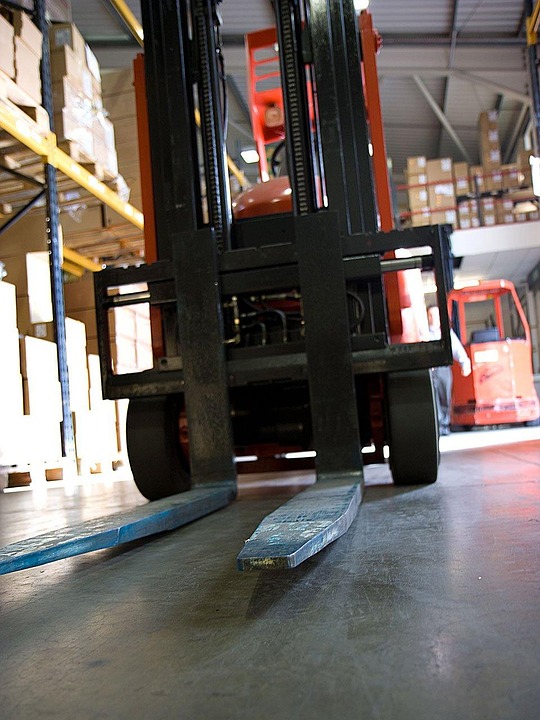Regional Trends in Food Logistics Automation and Robotics
The food logistics industry is undergoing a significant transformation with the increasing adoption of automation and robotics technologies. These advancements are revolutionizing the way food is handled, stored, and transported, leading to improved efficiency, accuracy, and cost savings. In this report, we will explore the regional trends in food logistics automation and robotics, focusing on key markets, companies, and industry insights.
North America
North America is a leading market for food logistics automation and robotics, driven by the need for increased productivity and safety in the food supply chain. Companies like Amazon Robotics, Berkshire Grey, and GreyOrange are at the forefront of developing innovative solutions for automated warehouse operations, order picking, and sorting.
According to a report by Mordor Intelligence, the North American food robotics market is expected to reach $2.5 billion by 2026, growing at a CAGR of 12.5%. This growth is fueled by the rising demand for perishable food items, e-commerce grocery sales, and the need for faster delivery times.
Europe
Europe is also witnessing a surge in food logistics automation and robotics, with companies like Ocado, Daifuku, and KNAPP AG leading the way in developing cutting-edge technologies for food handling and distribution. The region’s strict regulations on food safety and quality control have driven the adoption of automation to ensure compliance and traceability.
According to a study by Allied Market Research, the European food robotics market is projected to reach $3.1 billion by 2026, with a CAGR of 13.2%. The growth is attributed to the increasing focus on sustainable practices, reducing food waste, and optimizing supply chain operations.
Asia Pacific
The Asia Pacific region is experiencing rapid growth in food logistics automation and robotics, driven by the expanding food and beverage industry, rapid urbanization, and the need for efficient cold chain logistics. Companies like Geek+ and GreyOrange have been instrumental in introducing automated solutions for food storage, handling, and distribution.
According to a report by Research and Markets, the Asia Pacific food robotics market is poised to reach $1.8 billion by 2027, with a CAGR of 14.3%. The growth is fueled by the increasing investments in food technology, rising disposable incomes, and the growing demand for convenience foods.
Latin America
Latin America is also embracing food logistics automation and robotics to improve supply chain efficiency, reduce operational costs, and enhance food safety standards. Companies like Cimcorp and Swisslog are playing a significant role in implementing automated solutions for inventory management, order fulfillment, and palletizing.
While the Latin American food robotics market is relatively smaller compared to other regions, it is expected to grow steadily in the coming years. The region’s focus on sustainable agriculture, digital transformation, and the rise of online grocery platforms are driving the adoption of automation technologies in the food industry.
In conclusion, the regional trends in food logistics automation and robotics highlight the growing importance of technology in enhancing the efficiency and reliability of food supply chains. With continued advancements in automation and robotics, the industry is poised for further innovation and growth, benefiting both businesses and consumers alike.




